Covid: Age and roads to neighbouring suburbs increase the chance of having Covid-19
The age of a household, and how many suburbs you can easily access by road have been shown to be huge factors in catching Covid, according to new research.
The Express
Don't miss out on the headlines from The Express. Followed categories will be added to My News.
New research from University of Sydney suggests that lockdowns in southwest and western Sydney LGAs might have been less effective due to the way the suburbs within them have been built.
After analysing 19 LGAs across Sydney, a team of researchers led by Dr Shahadat Uddin found that suburbs with an increased number of road connections with neighbouring suburbs, and intersected by busy road interlinks were proportionally affected in terms of high Covid case numbers.
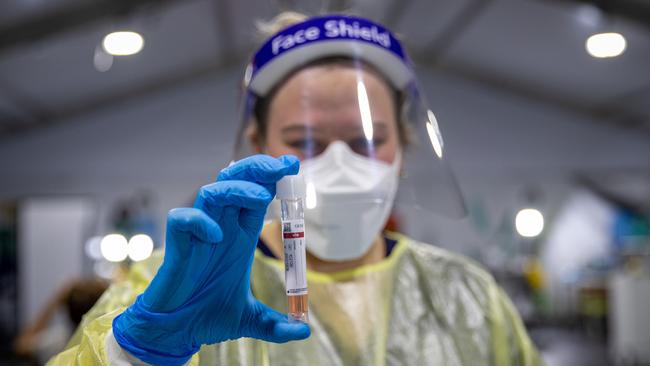
That’s at odds with the commonly held assumption that it was more urbanised or densely populated areas that would be at higher risk, according to Dr Uddin.
The study looked at two key figures, how early a suburb was exposed to its first Covid case, and the number of cases per 1000 residents, throughout July-September 2021.
While many of the most severely affected postcodes are in the cities southwest and western suburbs, where house prices are more affordable and income levels generally lower, Dr Uddin says the team factored in education levels, household earnings, and the number of people in a household, but did not find them to be significant.
What was significant, according to him, was the age of a household, and how accessible neighbouring suburbs were by roads. The older a household, and more connected their suburb was for a car, the higher the chances were of catching Covid-19.
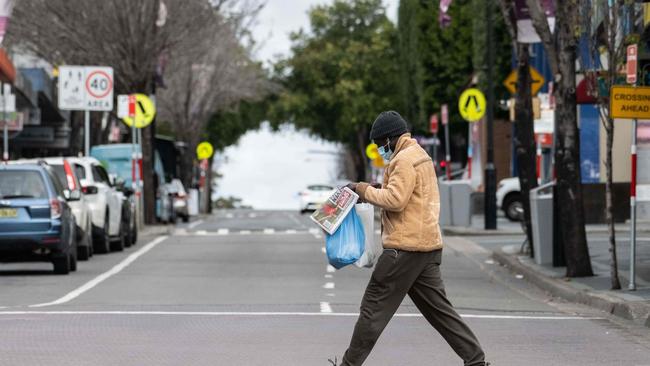
“There’s no doubt that Covid has been hard to contain in urbanised environments and its spread has been compounded by increased human mobility in the modern world,” Dr Uddin said.
“However, it was not the most urbanised or densely populated parts of Sydney which were most severely affected by the disease – rather, it was the suburbs that are connected to many others by road.”
Then, out of all of the ABS data across socio-economic status, income, education levels, and more, age is the biggest factor, according to Dr Uddin.
“The older a household is, the more likely they are to get it,” he said.
The most severely affected postcodes were 2196 (Punchbowl and Roselands), 2148 (Blacktown, Arndell Park and Prospect), and 2142 (Granville, Holroyd and Rosehill).
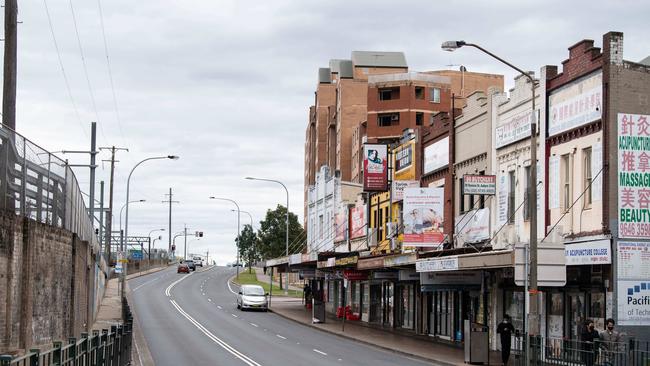
Punchbowl and Roselands are surrounded by the M5, Canterbury Road, Fairford Road, Punchbowl Road, and King Georges Road.
Granville, in the centre of the city, has direct access to the M4, Great Western Highway and Parramatta Road.
Conversely, postcodes with low Covid severity included 2120 (Pennant Hills, Thornleigh and Westleigh), 2125 (West Pennant Hills) and 2234 (Alfords Point, Bangor, Barden Ridge, Illawong, Lucas Heights, Menai and Menai Central).
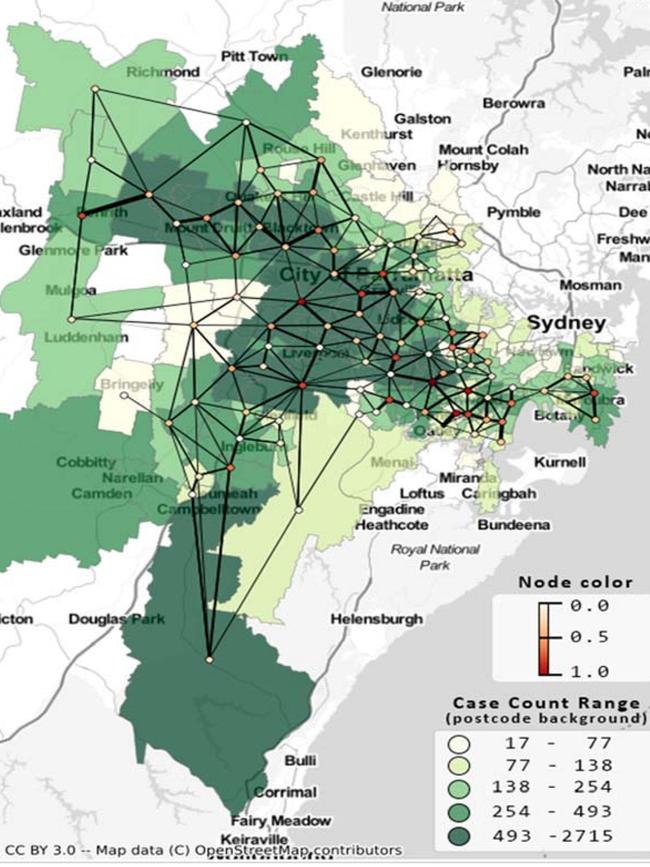
When asked if there could be a unique correlation in Sydney between how suburbs have been built in terms of road connectivity and general socio-economic status of residents, Dr Uddin said, “Because we did not find any effects of socio-education, income, et cetera, we did not dig further in that direction”.
How this could shape future lockdowns
The results of this study could go a long way in explaining why suburbs in southwest and western Sydney suffered under long lockdowns while cases continued to climb.
While the number of residents in households working in essential industries has been understood to have been a factor, the way the suburbs have been built could also have shaped the infection rates.
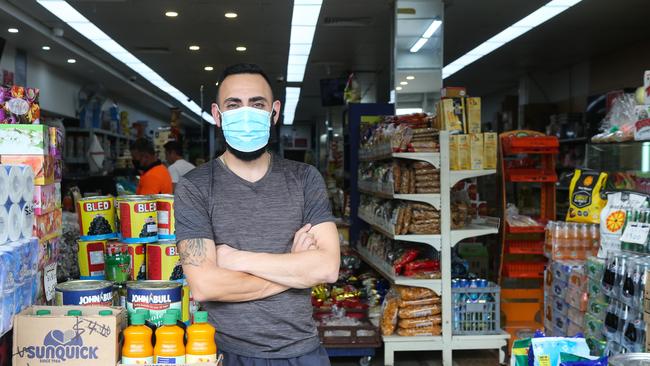
Dr Uddin says that for future lockdowns to be more effective, they need to be better planned at a much more local level, and minimise movement in neighbouring suburbs that may be within a 5-10km zone.
First though, the team wants to do further research to verify its findings. That includes examining data from the past Spanish Flu epidemics in Sydney, and H1N1 outbreaks, and testing its model out in other cities. One team from Melbourne is already looking at repeating the work there.




